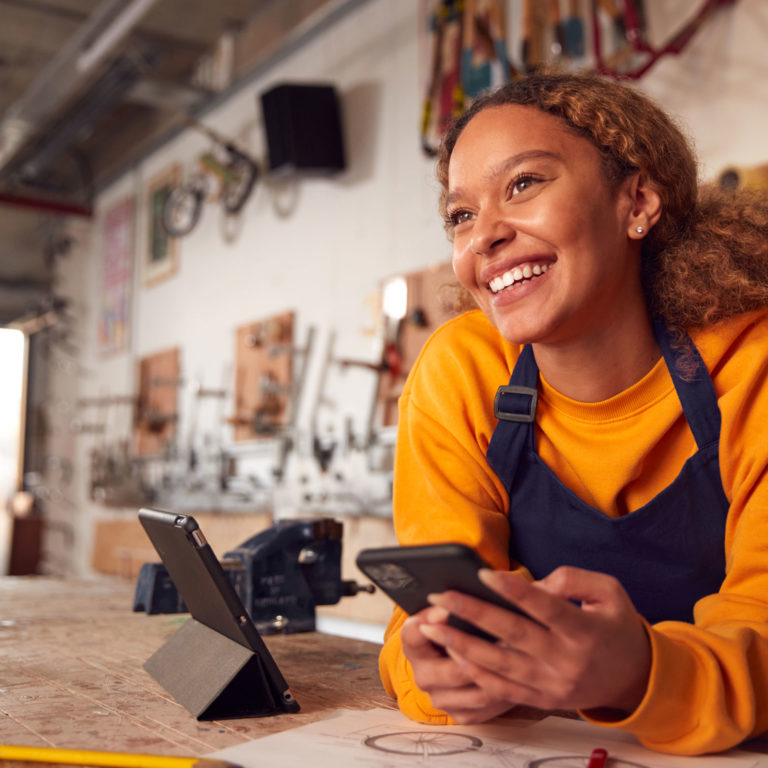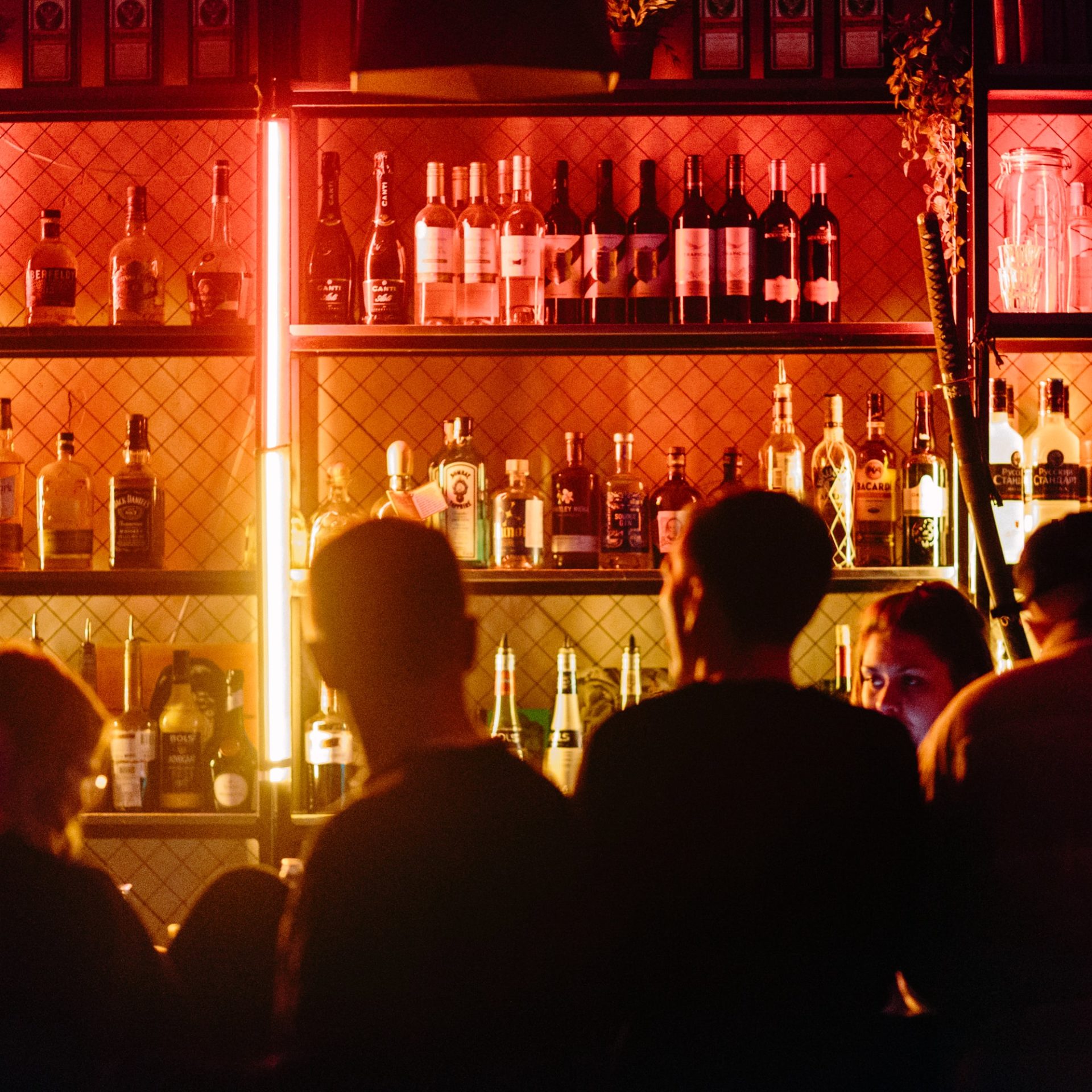BrandVue Drinks data
People are continuing to reach for the same drinks brands they enjoyed at the pub
There has been no difference in the last four weeks’ penetration for Stella Artois, Smirnoff, Fever-Tree, or Moet & Chandon champagne.
Many articles and commentators seem to be predicting a new world beyond COVID-19 for the drinks industry and the on trade e.g. more home working will damage the concept of the “work local”; customers will take their “revenge” on Pub Co’s such as Wetherspoon; there will be a seismic shift to drinking at home once people “get used to it” and so on.
However, these predictions are invariably pure conjecture and can often be based on what the authors want to happen.
What does the data say?
According to Brand Vue Drinks data for the last four weeks, there is virtually no difference in the drinks categories people are buying or the brands they are purchasing – when compared to the four weeks before.
We can see the usual noise and short-term blips but not many clear signals about what people have said they have bought in the last four weeks. For example, there has been no difference in the last four weeks’ penetration for Stella Artois (14%), Smirnoff (13%), Fever-Tree (10%), or Moet & Chandon champagne (3%).
What’s more, of the 350 brands included in BrandVue Drinks 341 showed no difference greater than 2-3%.
Pints of Peroni in bars have been replaced by bottles at home; a pre-meal G&T is now sipped on the sofa rather than a bar stool. While stockpiling to avoid multiple shopping trips means shoppers buy 12 bottles of wine at a time rather than six – or four bottles of Fever-Tree rather than two, it’s likely that shoppers are buying less overall; online drinks parties are no substitute for the real thing.
Some things will change: the closing down of the on trade must be expected to affect some categories most exposed to that channel — including cocktails (although the new Bacardi and Deliveroo home delivery tie up is one to watch), shots and cask ale for example.
However, the spirit brands used in bars to make cocktails and serve shots are also available in supermarkets, and the ale brands have bottle and can formats. Shoppers will continue to buy their preferred drinks for themselves and their families and maintain the same brand repertoires.
Creatures of habit
We saw a similar pattern of stability during Dry January. There was no difference in the percentage of UK shoppers who bought no/low alcohol beer. It was 5% in Dec 2019, 5% in January 2020 and 5% in February 2020. Of course, many operators and supermarkets reported higher sales in January and category sales as a whole are increasing year-on-year, but it’s still a small sector and while some pub goers and shoppers might have bought no/low alcohol beer more often in January, it didn’t increase the category reach.
It goes without saying that the coronavirus outbreak has massively affected every aspect of life — including drinks. For drinks brand owners the immediate impact is business changing. Whilst some are enjoying Christmas levels of sales in the off trade, the closing down of the on trade has robbed them of around a third of their business. On top of this, they have lost the shop window of bars and restaurants where they drive brand equity and value.
But once we emerge blinking from lockdown things will probably return to how we always did things. We’ll fly to holiday destinations in search of sun, we’ll cram into busy trains, we’ll go to Wetherspoons – and we’ll keep buying Coca Cola, Baileys, Strongbow and all our other favourite drinks brands.
BrandVue Drinks covers 370+ brands across the drinks category and captures and analyses the views of 96,000 UK consumers each year. Get in touch for more information.
This article originally appeared in World of Hospitality.




